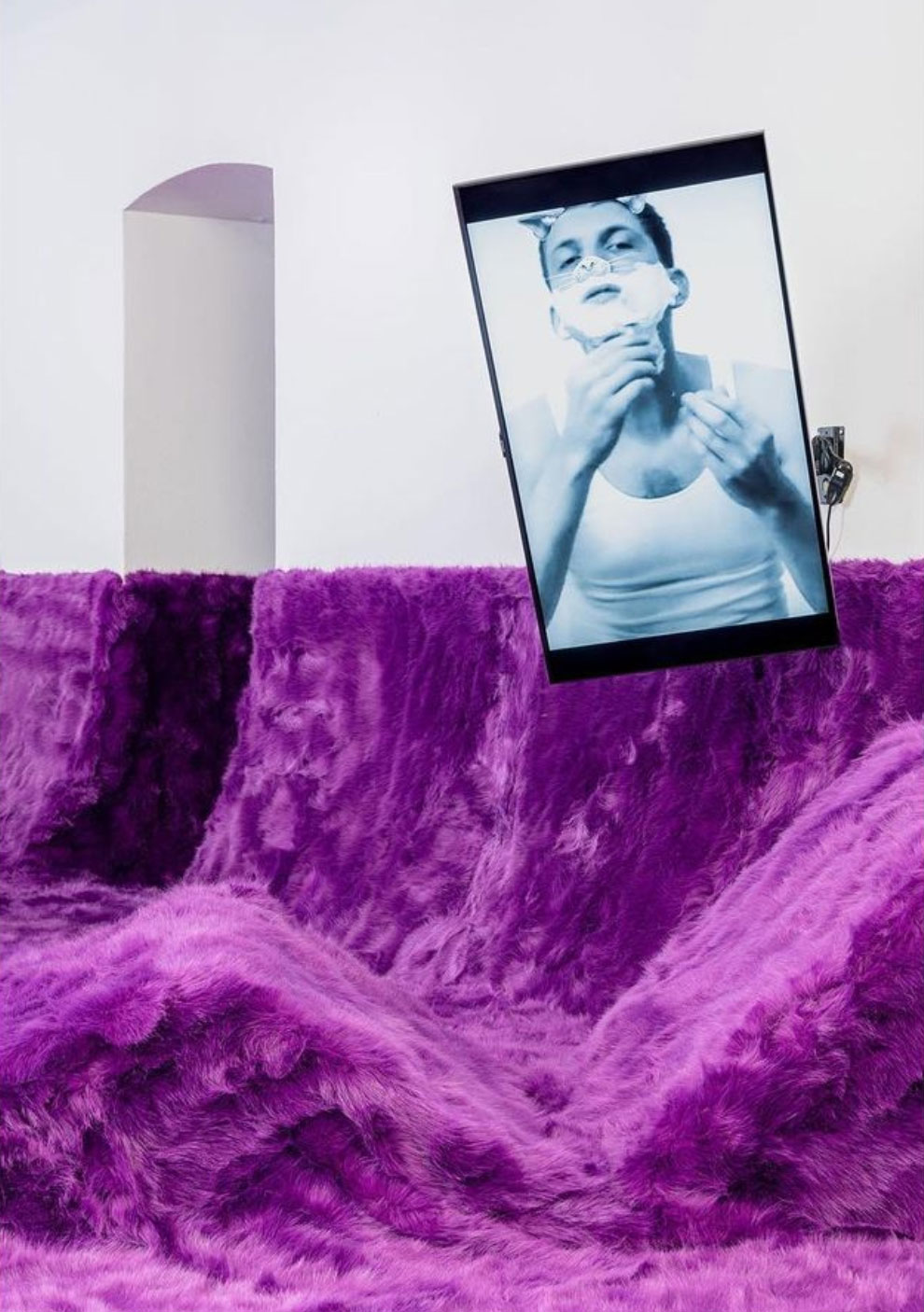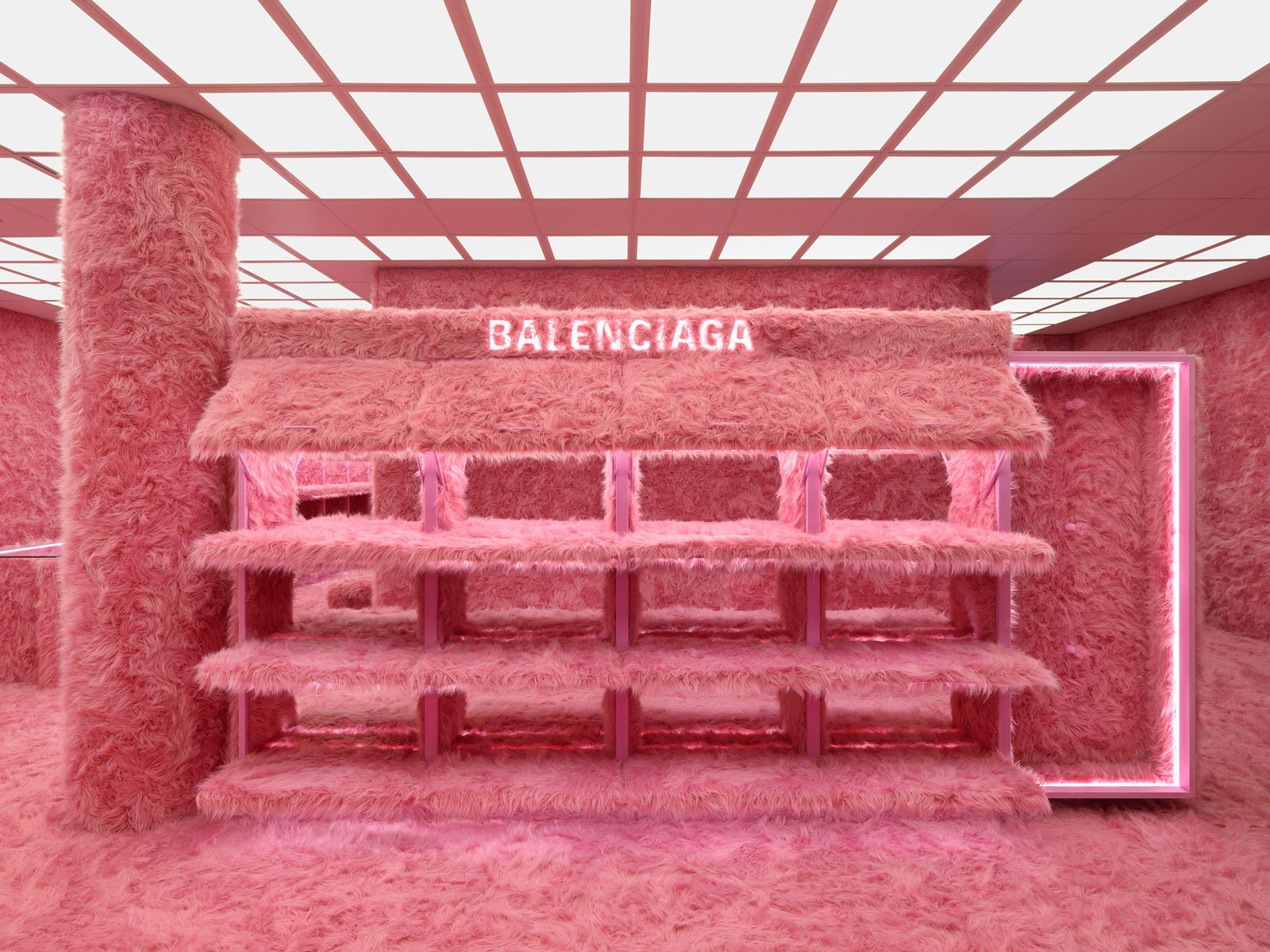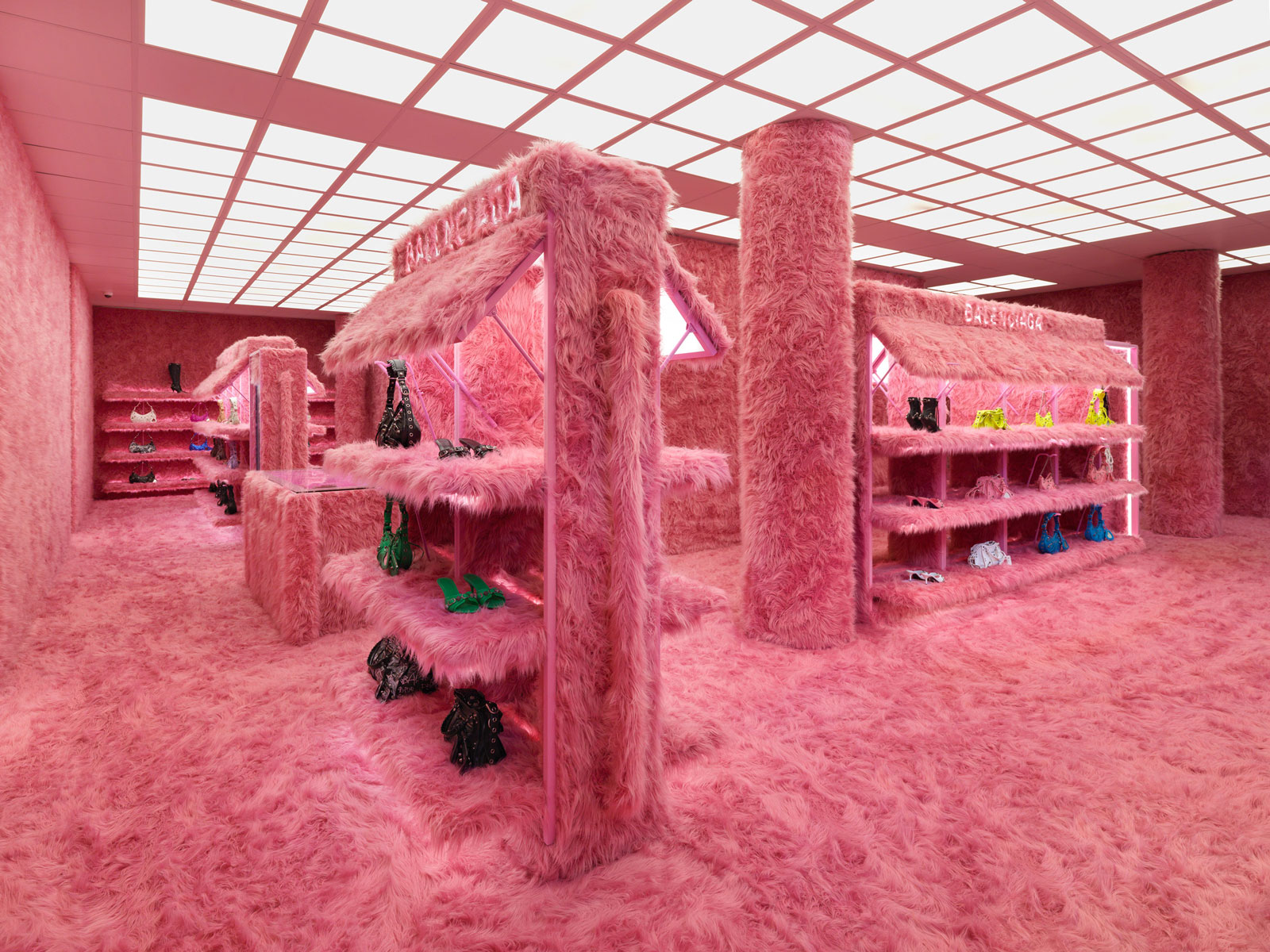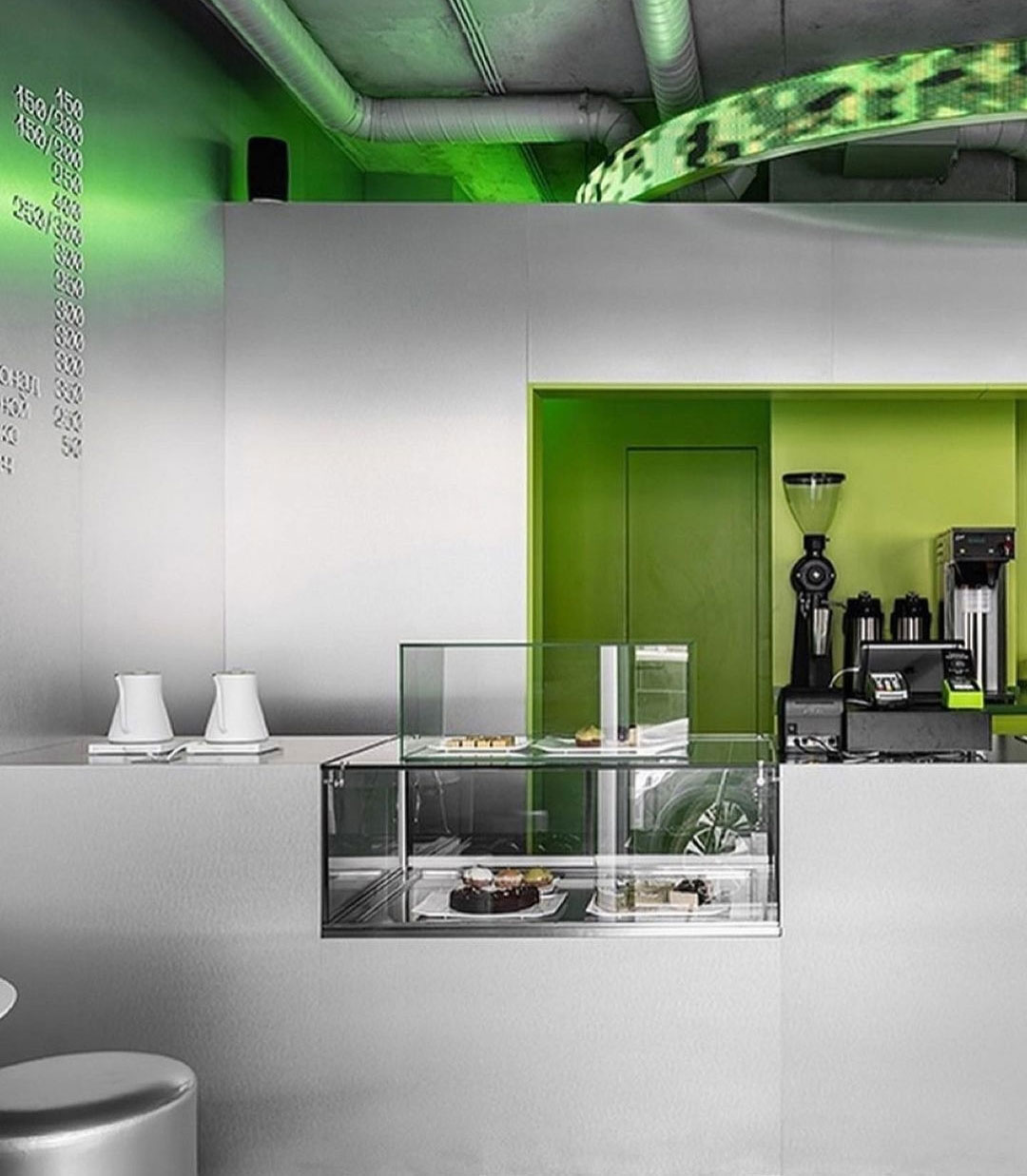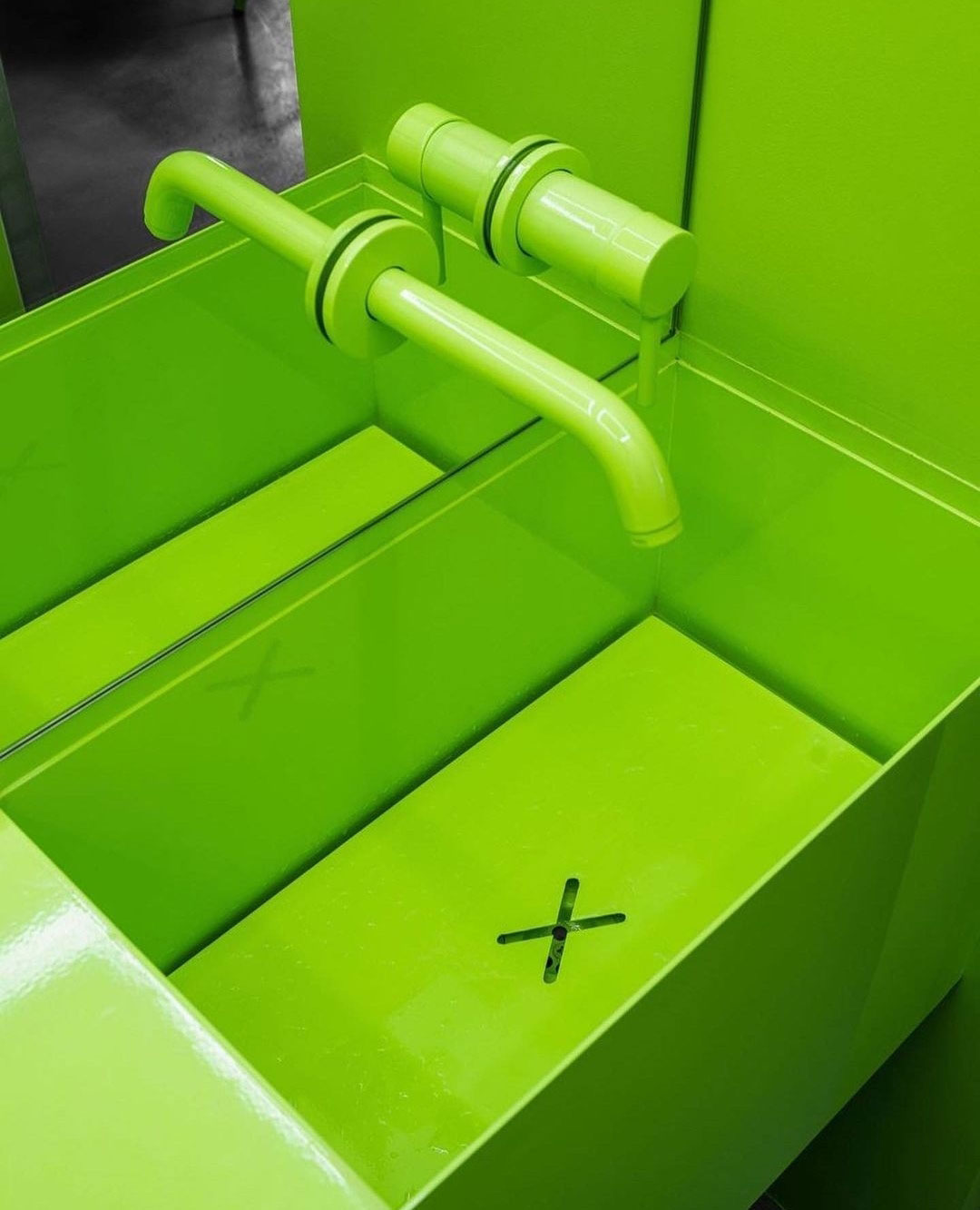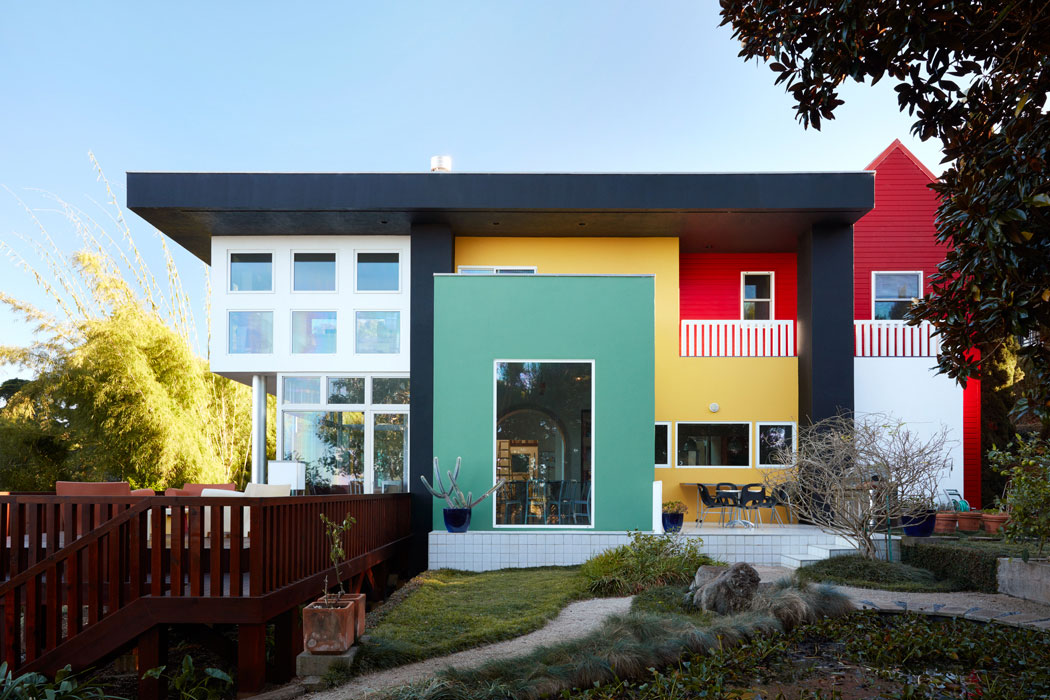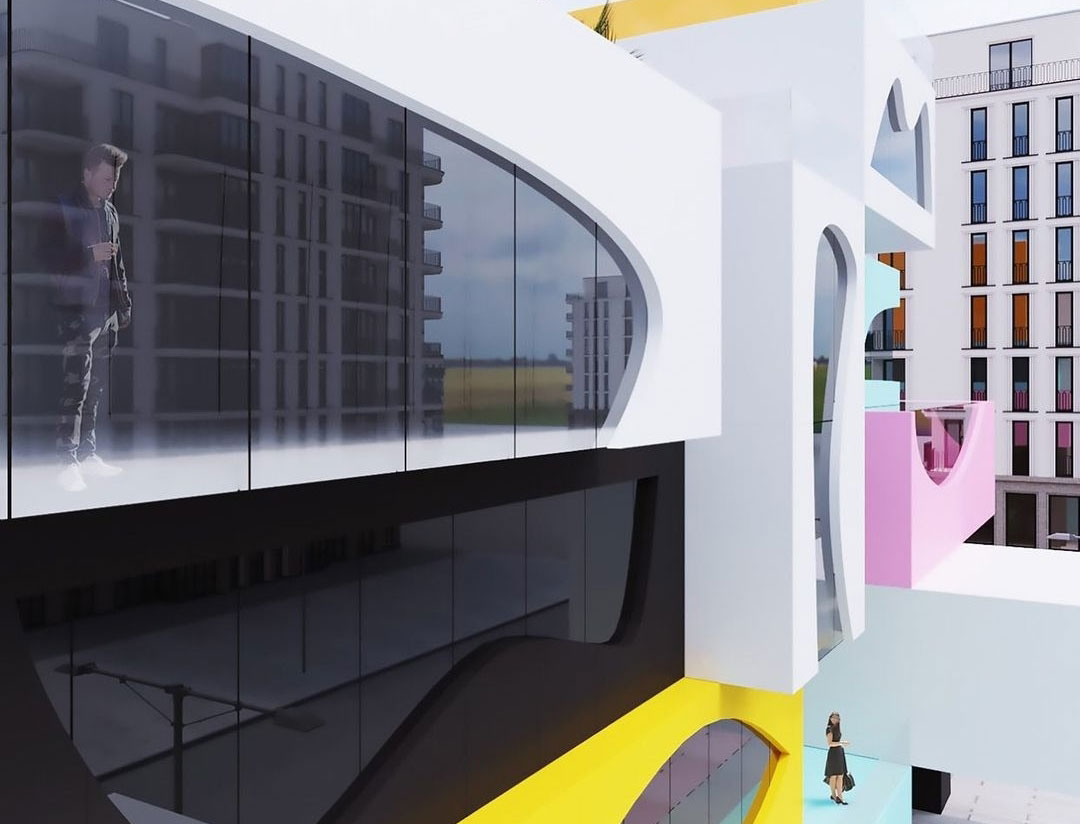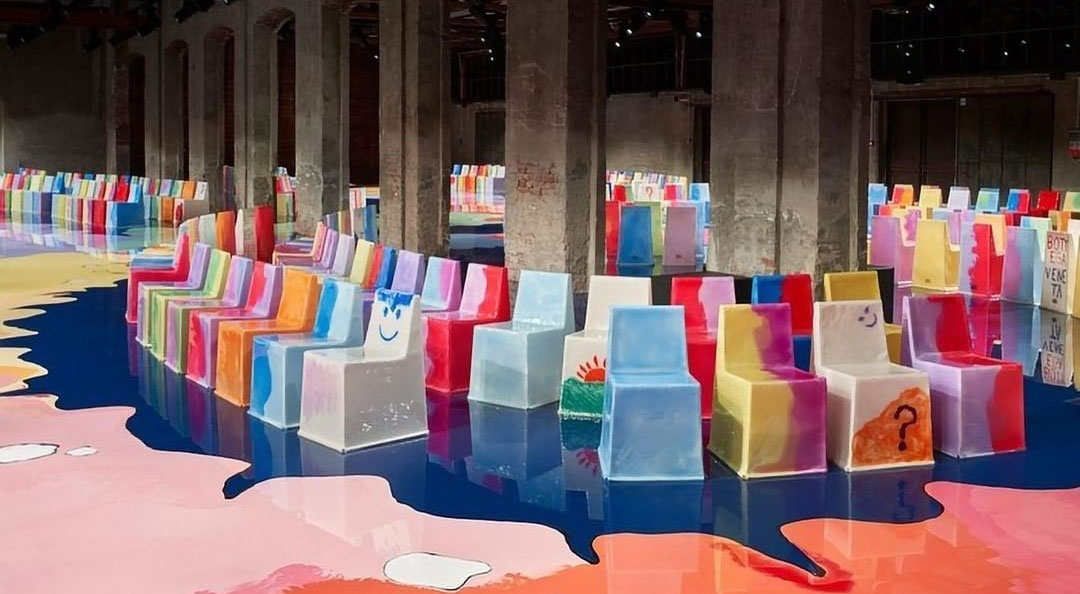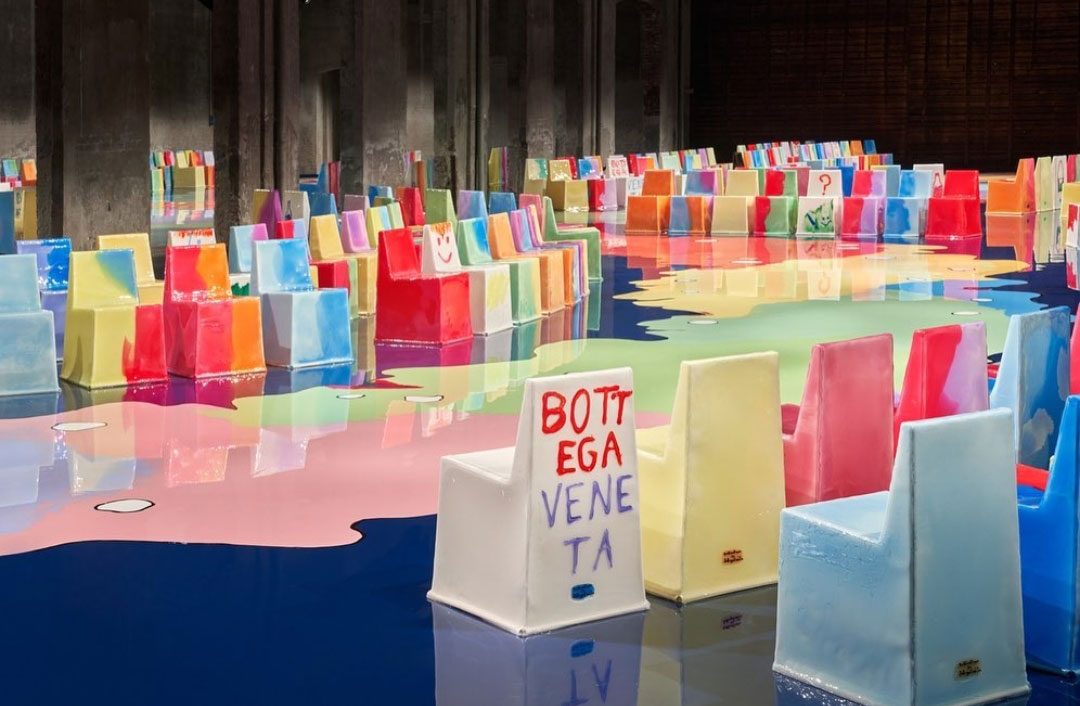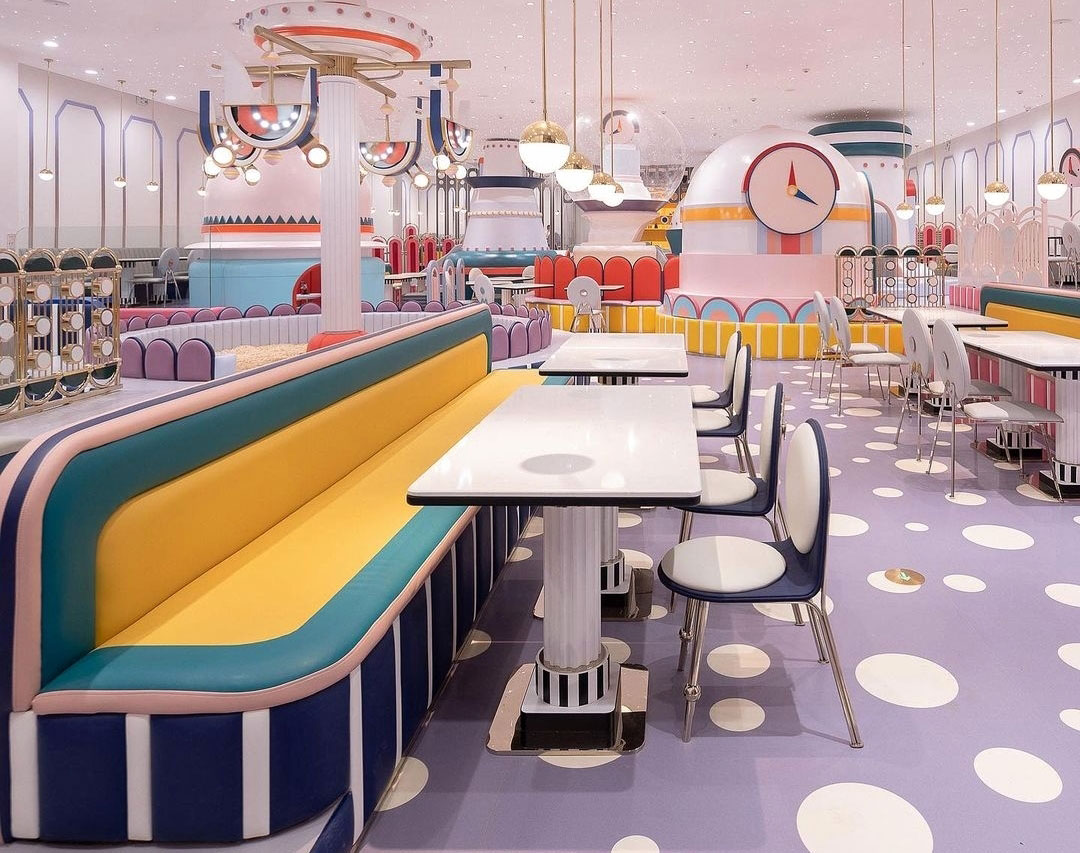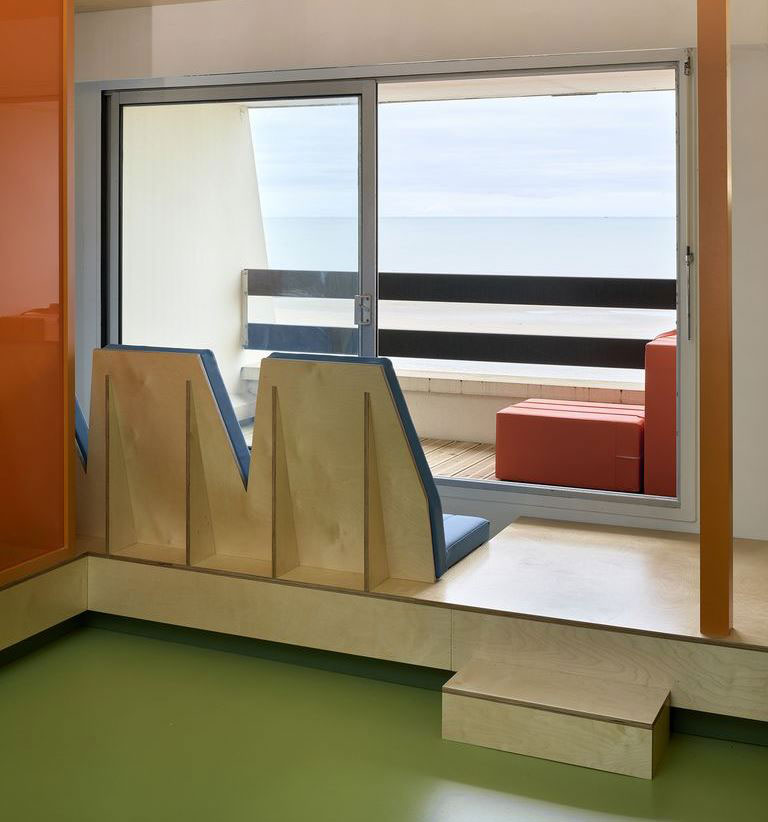COMFORT ALLO STATO PURO
SITE SPECIFIC | FOSBURY ARCHITECTURE
Questo progetto di Fosbury Architecture rivendica la riappropriazione dello spazio domestico in chiave ludica. Una volta che la maggior parte delle azioni quotidiane (mangiare, giocare, fare la spesa, ecc.) può essere esternalizzata, il design degli interni può essere liberato dal funzionalismo e adattato ai rituali puri.
L’installazione è concepita come una serie di volumi che interpretano le abitudini più convenzionali (dormire, conversare, rilassarsi, ecc.) attraverso volumi elementari che fungono da supporto espositivo e pratico.
Questa scena abitativa – dai caratteri assai radicali, a dire il vero – è concepita come un interno monomaterico e monocromo rivestito di pelliccia sintetica, assunta come sinonimo di comfort e di intimità. Un unico ambiente immersivo accoglie un’ampia gamma di occupazioni informali nella Galleria Magazin di Vienna. L’intrattenimento è affidato a una serie di cortometraggi, vere e proprie performance filmiche di vari autori.
Pure comfort – This project by Fosbury Architecture claims the re-appropriation of domestic space in a playful key. Once most of the daily actions (eating, playing, shopping, etc.) can be outsourced, interior design can be freed from functionalism and adapted to pure rituals.
The installation is conceived as a series of volumes that interpret more conventional habits (sleeping, conversing, relaxing, etc.) through elementary volumes that act as display and practical support.
This living scene – with very radical characteristics, to tell the truth – is conceived as a mono-material and monochrome interior covered in synthetic fur, taken as a synonym of comfort and intimacy. A single immersive environment accommodates a wide range of informal occupations in the Gallery Magazin Vienna. Entertainment is entrusted to a series of short films, real filmic performances by various authors.









